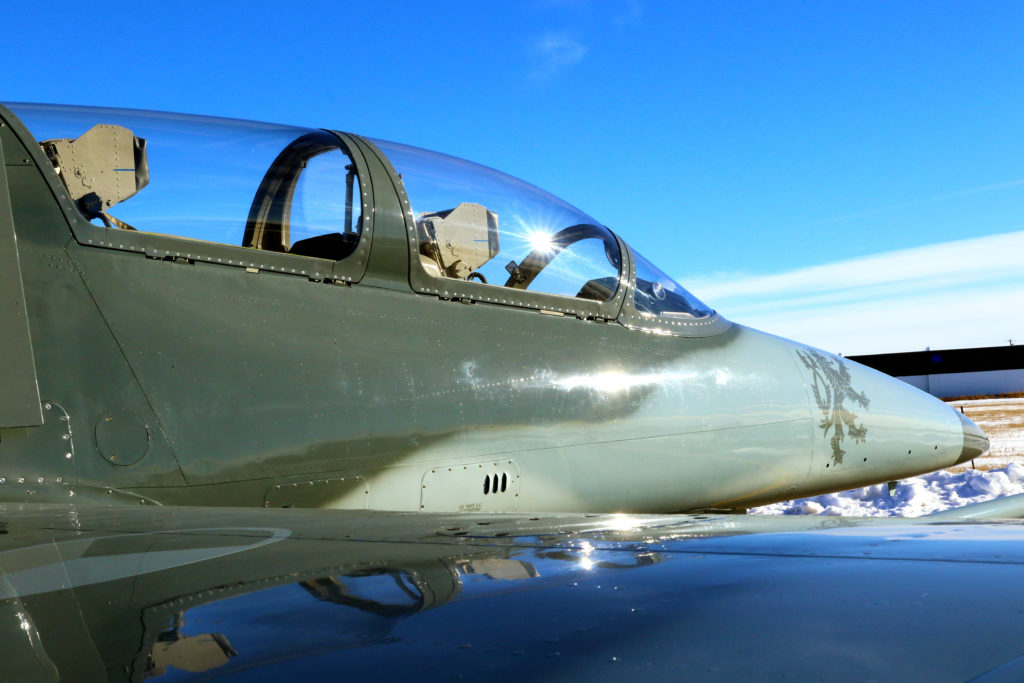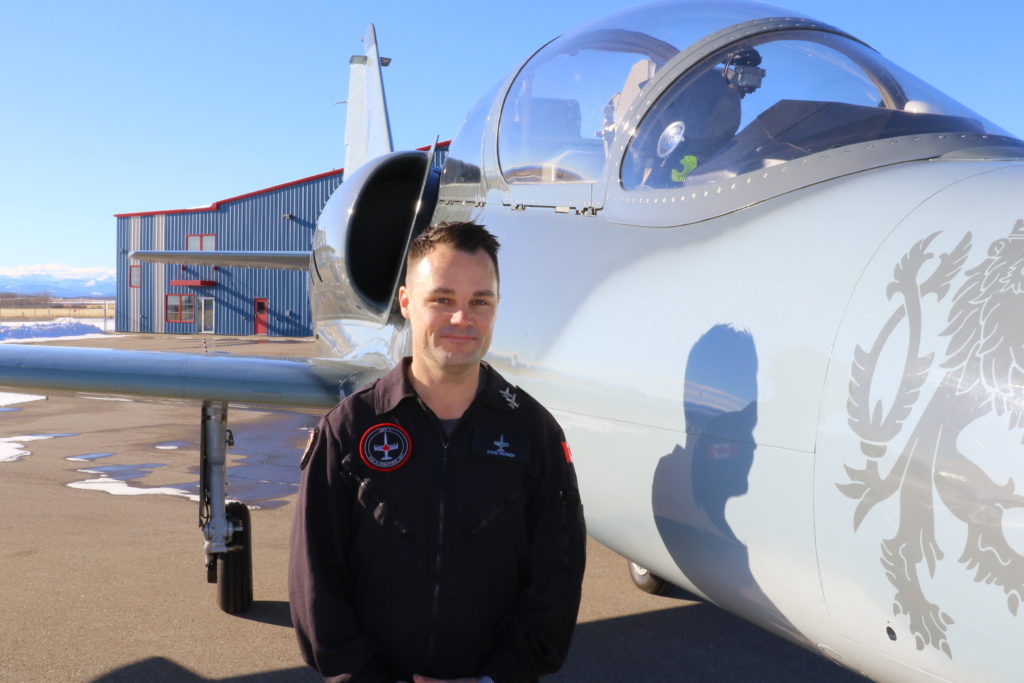Estimated reading time 9 minutes, 55 seconds.
Warbird and historical aircraft owners often provide passenger flights in their unique aircraft, albeit under special conditions.

As former military aircraft, warbirds often operate under a special certificate of airworthiness that prohibits them from carrying passengers in a fare-paying capacity.
Many museums and other organizations sell “flying” memberships that provide the member with the opportunity to fly in one of the aircraft owned by the organization without breaking Transport Canada rules. This does, however, prevent museums from fundraising by selling rides to the public.
The Canadian Aviation Regulations (CARs), specifically, CAR 700.02(2)(a), prohibit the carriage of persons other than flight crew members while conducting aerial work unless the company holds an air operator certificate (AOC) and meets all the other requirements for a commercial carrier.
In May 2016 Transport Canada enacted an exemption to CAR 700.02 that applies to persons operating a warbird or historical aircraft, provided an explicit set of conditions are met. Known as the Warbird Exemption, it allows them to carry non-flight crew members without holding an AOC.
This has opened the door for companies meeting the stringent requirements to pursue the growing market of those who wish to fly in a military jet.
One of the key items in the Warbird Exemption is the knowledge and experience of the pilot. Any pilot-in-command without military jet fighter or trainer experience must have a minimum of 2,500 hours total time, including at least 1,000 hours on high performance turbojet fighters or trainers and 100 hours in the specific aircraft category, plus a minimum of five hours on the specific aircraft type.
If the pilot has previous military jet fighter/trainer experience, they require 2,500 hours of total time but only 500 hours minimum on high performance turbojet fighters or trainers and 25 hours on the specific aircraft category and five hours on type.

When the Cold War ended, customers wanting the thrill of supersonic flight were going to former Eastern Bloc countries and paying large sums to fly in the back seat of iconic Soviet fighters such as the Su-27. Known as “zoom, boom and vomit” flights, the experience was often not quite what the person expected.
They had no idea if the aircraft was safe, if the pilot was properly qualified, or if the pilot even had permission to use the aircraft. Although this industry has been better controlled and organized in the past number of years, it is still expensive for Canadians wishing a thrill ride.
The partial exemption to CAR 700 commercial aircraft regulations has opened a lower-cost option where aircraft maintenance and pilot qualification are like that of any commercial operator in Canada.
Skies visited JET1, the first new company to utilize the Warbird Exemption and begin a commercial warbird jet aircraft service.
JET1 is a unique sightseeing company operating from Springbank Airport, about 25 kilometres west of Calgary, Alta. Operating from the Central Aviation fixed-base operator on Hurricane Drive, JET1 has only one aircraft, one pilot, and can carry only one passenger.
The aircraft is an Aero L-39C Albatros Soviet military training jet, and the operation has the look and feel of a small commercial charter company.

The Aero L-39C Albatros was developed as a trainer and light attack aircraft. It has an Ivchenko AI-25TL turbofan engine, capable of 3,792 pounds of force. Its maximum takeoff weight is 10,362 pounds. More than 2,900 of the aircraft were manufactured and delivered between 1971 and 1999.
The end of the Cold War ended much of Aero’s market, so the company was reorganized to pursue international sales by upgrading the aircraft avionics and making other modifications to make the aircraft more attractive in the extremely competitive jet trainer and light attack aircraft fields.
The westernized variants with modern avionics were well received both by smaller nations’ air forces and by private owners. Many of the trainer variants were being purchased by private citizens, mainly in the United States.
The L-39 is out of production, but hundreds of L-39s are still operational in many countries and the company is building newer advanced variants to compete with other light jet trainers. Aero is in the process of building the L-39NG, which will be equipped with the Williams International FJ44-4M more fuel-efficient turbofan engine and modern avionics.
The JET1 aircraft was built in 1984 and only has 1,300 flight hours. It was imported to the United States from Czechoslovakia, where International Jets (now Code 1 Aviation) in Lakeland, Fla., upgraded systems and recertified the aircraft. It is now Transport Canada-registered, under the CAR Standard 507.03(5).03 ex-military aircraft classification.
Chief pilot David “Frodo” Patrick is the perfect person for the role. Patrick has extensive military flying experience including as a CF-188 pilot at 410 Tactical Fighter (Operational Training) Squadron at 4 Wing/Canadian Forces Base Cold Lake, Alta, and then with 425 Tactical Fighter Squadron at Bagotville, Que.
He also flew the CT-155 Hawk at 419 Tactical Fighter Squadron in Cold Lake as part of the NATO Flying Training in Canada program and is still on active reserve status, instructing on the CT-156 Harvard II at 15 Wing, Moose Jaw, Sask. He has combat experience during Operation Mobile during the 2011 NATO-led intervention over Libya.
Prior to being accepted to ride in the back of JET1’s L-39, a passenger must meet strict requirements, including a medical questionnaire that is no more onerous than one for a private pilot.
If any of the questions result in a “yes” answer, Patrick has a Transport Canada-certified doctor examine the passenger to determine their flight suitability and any flight restrictions.
The passenger must also meet size requirements. The L-39, unlike other jets, has a roomy, but not expansive, cockpit. After these conditions are met, Patrick will conduct a briefing to familiarize the passenger with the aircraft including emergency procedures and operation of certain controls in the back seat.
During this time Patrick is also determining the passenger’s expectations for the flight and potential flight manoeuvres are explained, as are the effects of G loads in flight.
“I want to ensure the passenger will get the maximum enjoyment from the flight,” said Patrick. “When the passenger steps out of the aircraft at the end of the mission I want to see a large smile on their face.”
Prior to takeoff, Patrick and his passenger will discuss the mission profile, which typically consists of a departure northwest from Springbank Airport toward Mount Yamnuska on the eastern edge of the Rocky Mountains near Kananaskis, Alta.
Patrick has a section of airspace blocked off when they are in the area. After strapping the passenger into the aircraft and ensuring they are comfortable, Patrick departs toward the mountains and checks with his passenger to see how they are coping with the sensations of jet flight. Depending on their responses, he will modify the flight to ensure they enjoy themselves.
“Sometimes the passenger is perfectly OK, so I can add more manoeuvring to the flight with increasing G forces,” he said. “However, in some cases the passenger is unable to handle even small amounts of manoeuvring. Then, I will change the flight into an easy sight-seeing ride.”
If the passenger is handling the G loads and manoeuvres, Patrick will utilize the Rocky Mountains as a backdrop for commencing a series of aerobatic manoeuvres in the designated airspace.
Depending on the passenger’s comfort level, they may be allowed to fly the aircraft themselves, as the rear seat has both controls and instruments.
Returning to Springbank Airport is an added adventure, and with the approval of the tower, JET1 will carry out a high-speed pass down the runway then pitch up and turn into a typical fighter break for landing.
“We have Transport Canada’s permission to exceed regulated speed restrictions on a flight by flight basis, and this allows us, in conjunction with ATC, to provide our passengers with the most realistic jet fighter flight under safe conditions.”
Since launching the service during the 2017 Springbank Airshow, the aircraft has been fully booked. The current price is $3,000 for a 40-minute flight.









Yes of course … it is a kind of fighter jet (lighty) but still remains realistically a trainer jet, not the real deal of a genuine one like an Eagle, Falcon, Hornet, Phantom, Tomcat and so on. In the other hand, that Albatros is certainly more affordable then those, no doubt about that fact.